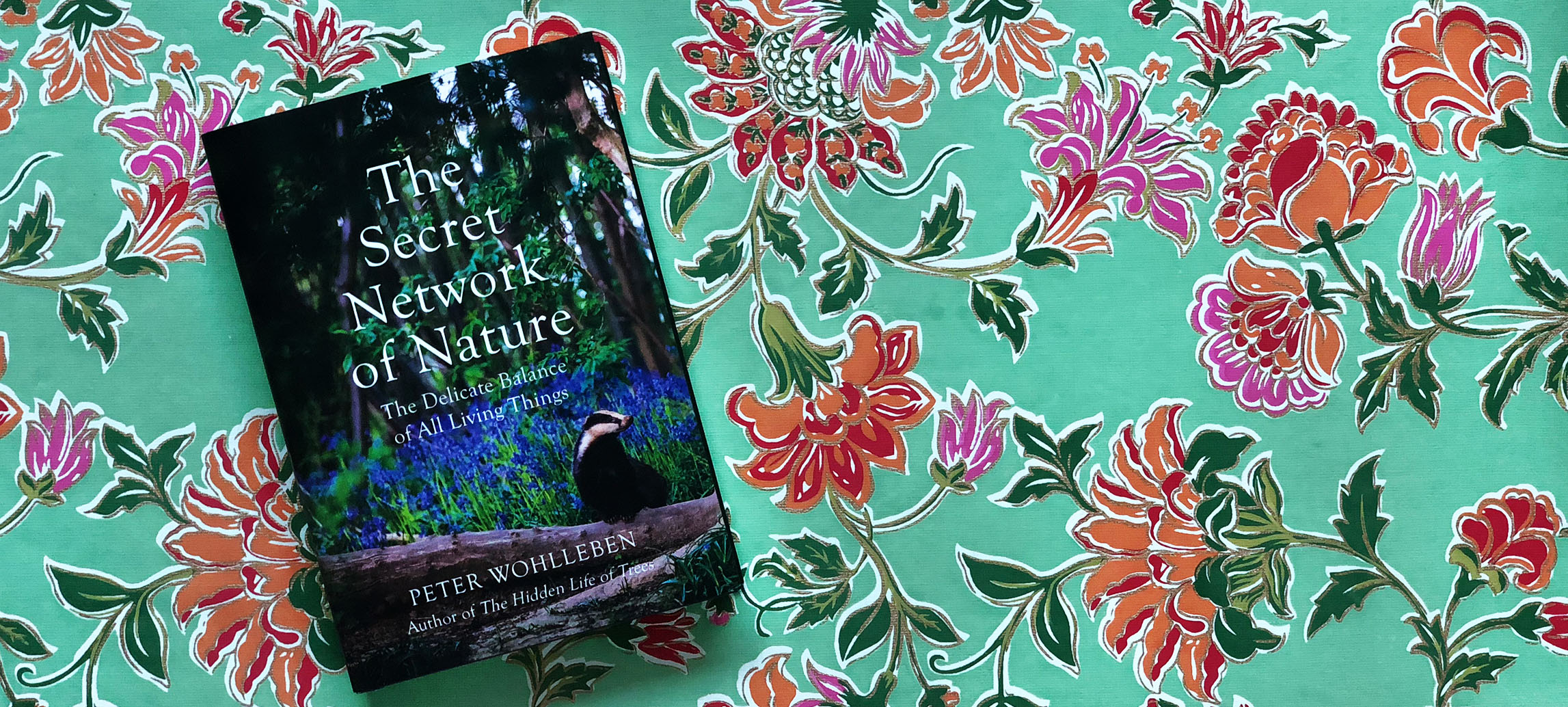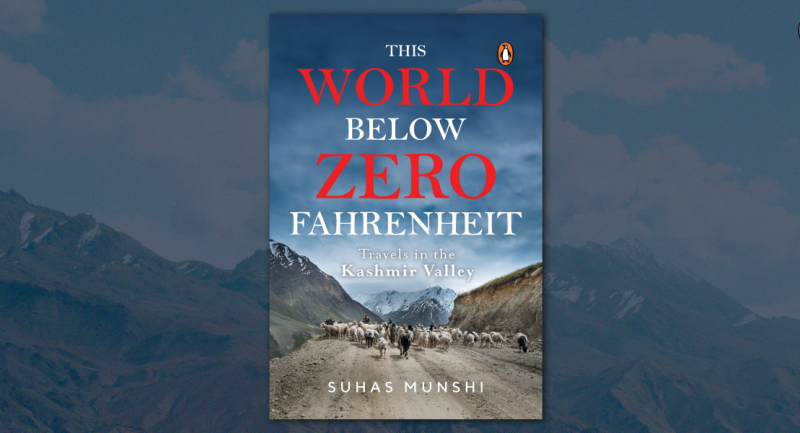
The natural world is a web of intricate connections, many of which go unnoticed by humans. But it is these connections that maintain nature’s finely balanced equilibrium.
Drawing on the latest scientific discoveries and decades of experience as a forester and bestselling author, Peter Wohlleben shows us, in his new book titled The Secret Network of Nature, how different animals, plants, rivers, rocks and weather systems cooperate, and what’s at stake when these delicate systems are unbalanced.
Here are two interesting secret networks of nature that we find in his book:
Wolves and the Course of Rivers
In the nineteenth century, people began to systematically eradicate wolves in Yellowstone, the first national park in the United States. This was primarily in response to pressure from ranchers in the surrounding areas, who were worried about their grazing livestock.
“No sooner was the pressure from predators lifted than elk populations began to increase steadily, and large areas of the park were stripped bare by the voracious animals. Riverbanks were particularly hard hit. The juicy grass by the river disappeared, along with all the saplings growing there. Now this desolate landscape didn’t provide enough food even for birds, and the number of species declined drastically. Beaves were among the losers, because they depend not only on water but also on the trees that grow by the river – willows and poplars are some of their favourite foods. They cut them down so they can get at the trees’ nutrient-rich new growth, which they devour with relish. Because all the young deciduous trees alongside the water were ending up in the stomachs of hungry elk, the beavers had nothing to gnaw on, and they disappeared.
Riverbanks became wastelands, and without any vegetation to protect the ground, seasonal flooding washed away ever-increasing quantities of soil. Erosion advanced rapidly. As a result, the rivers began to meander more and follow increasingly winding paths through the landscape. And the less protection from the underlying layers of soil, the more pronounced the serpentine tendency, especially in the flat landscape.”
Salmon and Trees
“Young salmon swim out into the ocean, where they remain for two to four years. They hunt and hang out, but mostly what they are doing is getting bigger and fatter. On the north-west coast of North America there are a number of different species of salmon, of which the king salmon is the largest. After its youthful years at sea, a full-grown kind can be up to 1.5 meters long and weigh up to 30 kilograms. After scouring the vastness of the ocean in search of food, not only has it built up a lot of muscle, but it has also stored a lot of fat, which it will need to survive its strenuous journey back to the river where it was born.
Salmon battle their way against the current towards the headwaters of these rivers, sometimes for many hundreds of miles and up numerous waterfalls. They carry considerable quantities of nitrogen and phosphorus in their bodies, but these nutrients are of no significance to the salmon themselves. The only reason they are toiling their way upstream is so they can spawn, in the one and only frenzy of passion they will ever experience, and then finally breathe their last.
Over the course of their journey, the salmon’s silvery skin loses its metallic sheen and takes on a reddish hue. The fish are no longer eating, and as they deplete their stores of fat they are steadily losing weight. Using the last of their strength, they mate in their natal streams, and then, exhausted, they die. For the forest all around and its inhabitants, the salmon run means it’s time to get out and haul in the catch. Lining the riverbanks are hungry hunters – bears. And along the Pacific coast of North America, this means black bears and brown bears. The fish they catch from the rapids as the salmon fight their way upstream help them put on a thick layer of fat for the winter.
Depending on location and timing, the salmon have already lost some weight by the time they’re caught. At first the bears eat most of their catch, but later in the season they get choosier. They still scoop skinny salmon out of the water – fish that have used up their fat reserves and therefore contain fewer calories – but if the fish don’t contain much fat, the bears don’t eat much of them, and the carcasses they discard five many other animals the opportunity of a meal. Mink, foxes, birds of prey and a myriad of insects pounce on the lightly nibbled remains and drag them father into the undergrowth.
After mealtime, some parts of the salmon (such as the bones and the head) are left lying around to fertilise the soil directly. A lot of nitrogen is also distributed through the faeces the animals expel after their feast, and overall the amount of nitrogen that ends up in the forests alongside salmon streams is enormous. According to their detailed molecular analyses, reported scientists Scott M. Gende and Thomas P. Quinn, up to 70 per cent of the nitrogen in vegetation growing alongside these streams comes from the ocean – in other words, from salmon. Their data also show that nitrogen from salmon speeds up the growth of trees to such an extent that Sitka spruce in these areas grow up to three times faster than they would have without the fish fertiliser. In some trees, more than 80 per cent of the nitrogen they contain can be traced back to fish. How can we know this so precisely? The key is the isotope nitrogen-15, which in the Pacific Northwest is found almost exclusively in the ocean – or in fish.”
The Secret Network on Nature gives us a chance to marvel at the inner workings and unlikely partnerships of the natural world, where every entity has its own distinct purpose.









